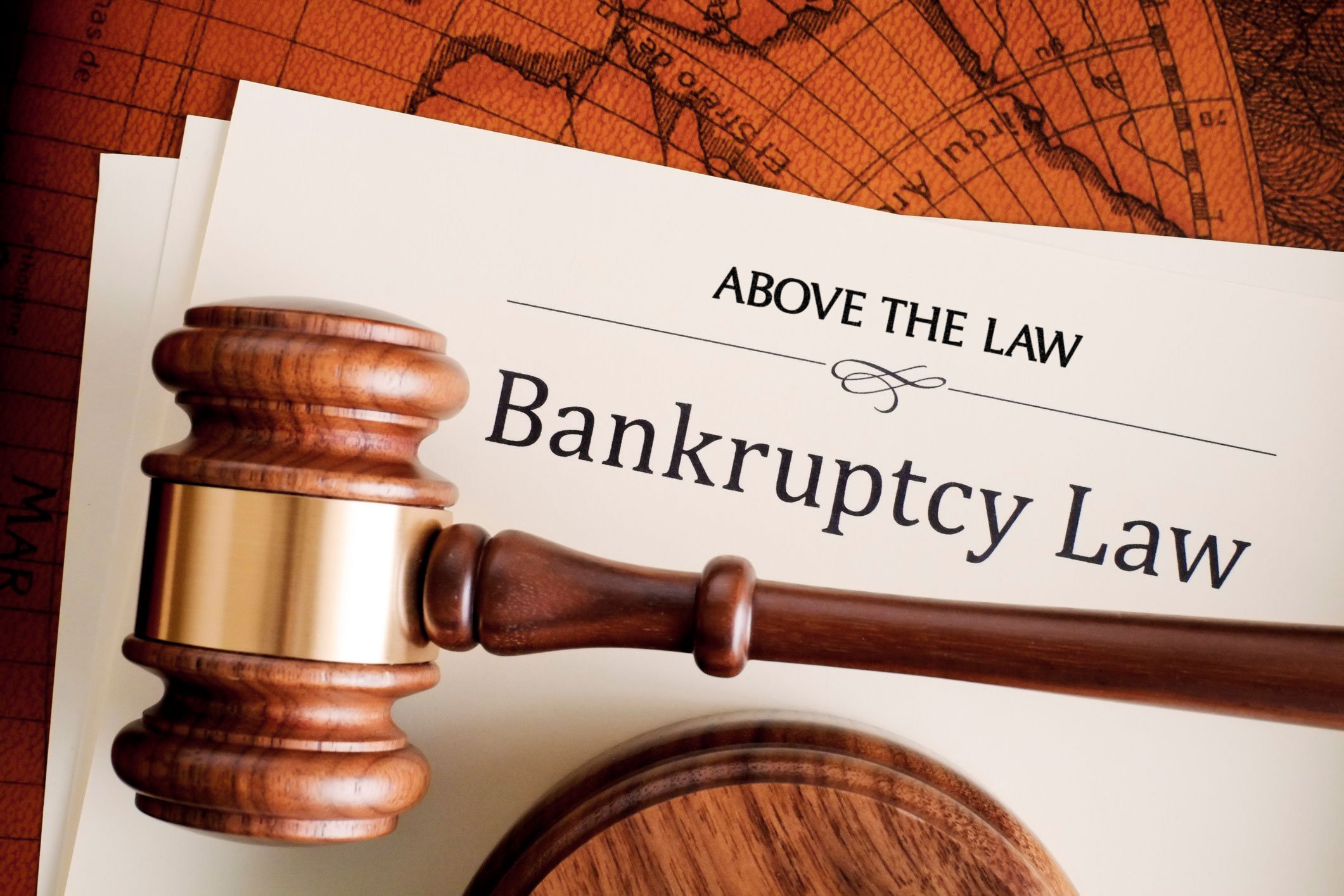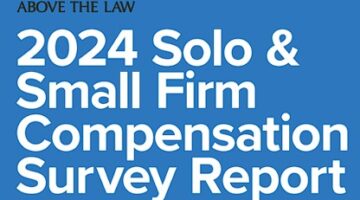

Morning Docket: 07.11.25
* Justice Jackson says “state of our democracy” keeps her up at night. Girl, same. [NY Times]
* Litigation finance survived the big tax bill. But threats still loom. [Bloomberg Law News]
* Judge blocks birthright citizenship order, taking advantage of Supreme Court class action workaround until they inevitably decide to there’s a problem with the class. [CBS]
* “Clarence Thomas leading SCOTUS charge to gut Voting Rights Act.” That’s not really fair to John Roberts who has really given it his all to gut voting rights. [CNN]
* Kellogg bought in $3.1B deal courtesy of Davis Polk and Kirkland. The new owner is the Ferrero Group so start your morning off with a big bowl of “Special F.” [Law360]
* Backlogged courts resisting AI. Why? It’s worked out so great everywhere else! [Law.com]
* “A judge has delighted barristers with his sketching skills….” [Roll on Friday]

Another Day, Another Firm Bumping Up The In-Person Quota — See Also
This Time It’s Duane Morris: Which Biglaw firm will be the next to hop on the trend?
Never A Bad Time To Call Out Stupidity: Marc Randazza wrote a response to a cease and desist you can only dream of sending out.
About Harvard’s Negotiations With Trump: They scrubbed diversity mentions from several of their undergrad websites.
Midsize Firms Have Prestige Rankings Too!: Check out the best of the best by region here!
Is This A Pulpit Or A Political Rally?: If the Johnson Amendment isn’t being enforced, what’s the difference?

Thanks So Much To Our Awesome Advertisers
We really enjoy working with you.

Biglaw Firm Dominating ‘Mega’ Bankruptcy Cases
The firm's bankruptcy lawyers are already having a great 2025.

State AG Angry That AI Doesn’t Love Trump More, Will Waste Taxpayer Money Until It Does!
Missouri consistently ranks in the toilet on crime, but its top law enforcement officer is busy... demanding ChatGPT be nicer to Donald Trump.





























